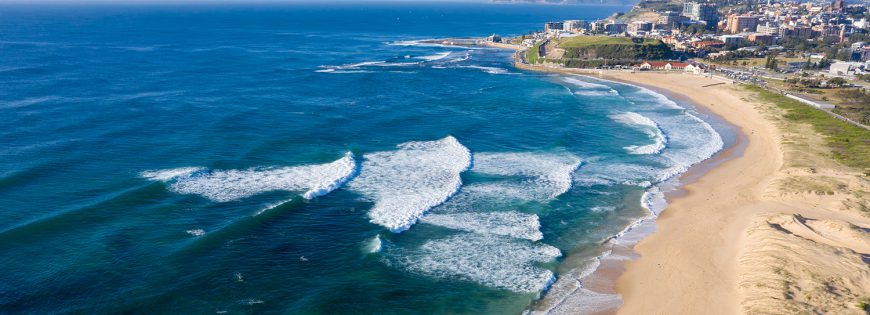
Orion and the Newcastle City Council
The city of Newcastle in New South Wales’s Hunter Valley region has had more than its fair share of disasters and incidents in recent years, beginning with the 1988 earthquake. Lately there have been floods and storms, and the grounding of the bulk carrier Pasha Bulker in 2007. All of these incidents required comprehensive emergency services responses, and that, of course, required a good communication system. But the Newcastle City Council’s system was old and becoming ineffective.
So, just as with many other councils and similar organisations, Newcastle found itself faced with a dilemma – how to maintain a functional communications network in the face of rapid technological and regulatory change. Specifically, how – and even whether – to replace analog equipment which in many cases was well past its use-by date, and also how to comply with ACMA’s narrow-banding changes.
“With the spectrum changes coming, we wouldn’t have been able to operate, because a lot of our old radios would not have worked under the new bandwidths,” said Peter Crotty, Newcastle City Council’s electrical projects coordinator. “We probably had around 300 radios, old analog things. We had heaps of different frequencies and licences, and different types of radios, so nothing was standard. And a lot of our infrastructure such as the aerials and the transmitters were in a pretty poor state. So we were more or less forced into doing something, or scrapping the radios altogether.”
So about two years ago the council began the process of investigating moving to a new digital system. “We first had to do an audit to find out where all the radios were, because we didn’t really know what we had out there,” said Crotty. “We did a lot of research and attended seminars and presentations to find out what we really needed. We went back to scratch and asked ourselves if we really wanted the two-way radios – did they still have a role to play? And it was decided they did, for lots of different reasons.”
And as luck would have it, a new digital radio network had just come online, and an enterprising local dealer was ready and waiting with a solution to the council’s needs. That solution was the Orion Network – very appropriately named, given that in Greek mythology, Orion is known as The Hunter.
The Orion Network
The Orion Network is deployed by a number of radio dealers around the country. It is built on Motorola’s MotoTRBO radio platform, all linked together over IP. The network segment in New South Wales north of the Hawkesbury River is owned and operated by Gencom.
At the time the Newcastle City Council was investigating options, Orion was already in place but had only just become operational. “We deployed the infrastructure and we own the sites in many cases, and we have site rental of the locations that we don’t own,” said Jason Mann of Gencom. “So it was only a matter of us putting in the equipment and putting in backhaul IP links to provide the coverage and connectivity with the rest of the network.
“We’ve had a few natural disasters up here in the recent past,” said Mann. “What has been learned from past disasters, particularly the Queensland and Brisbane floods, is that landline and mobile phone infrastructure is often amongst the first to fall over. Where councils in particular have moved to mobile phones, they’d either have no coverage and not be able to reach their people, or they’d have coverage but would be competing with the public making their own calls (often to council personnel). So they wouldn’t be able to get hold of their own people and do any command and control at all in times of disaster.
“So the proposal is that as more councils come aboard, we can actually create a disaster management group that spans across all these councils,” said Mann. “So if a flood were to happen on the Hunter River, which would affect, say, eight councils, then they could actually have a conduit to talk amongst themselves, independent of the telcos, independent of all the other solutions. And even if our towers went down, the radios can still talk amongst themselves.”
